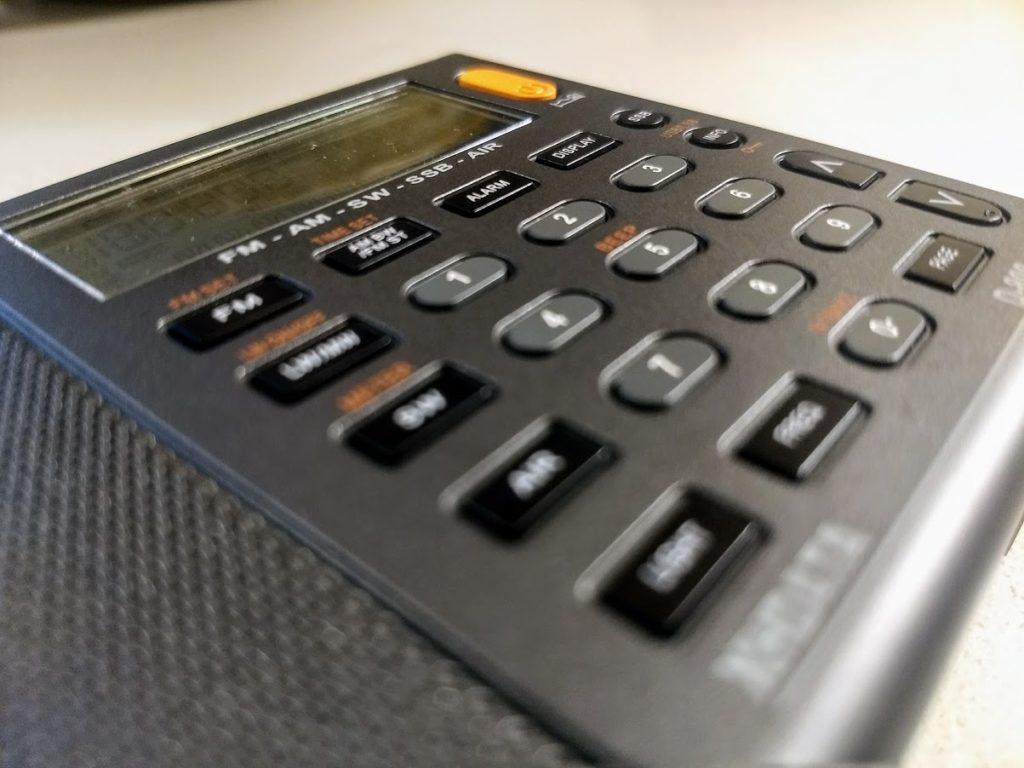Many thanks to SWLing Post contributor, Nigel Holmes, who writes:
My good friend Peter has done an analysis of registered HFBC. Tentative results at this stage – with some clearly silly results – but heading in an interesting direction. He’ll refine the methodology based on feedback.


As someone whose day job is statistical/data analysis & modelling, I don’t think it really says anything at all beyond the obvious (i.e. Germany’s HF broadcasting collapsed, Russia picked up the slack for a bit before they tapered off, and China’s taken their place). And most of that point seems to have been missed completely, probably because the pie charts are misleading (e.g. the country colours differ across years, making it difficult to intuit anything from the series at a glance).
There’s bugger-all data. No stated theory to be tested. Not even a question asked to be answered. No actual analysis done. It just seems to be “I’ve had an idea – let’s get data, make graphs, and see if we can tell anything from it!”. That’s cherry-picking; looking for the interesting bits and trying to make something of them. Usually that ends with the person doing the “analysis” confirming their pre-conceived ideas, which is why it’s a big no-no in science (even “data science” and especially in “big data science’) – it’s too easy a trap to fall into…
I could rattle off a few things that come to mind to collate available data on that’d make it a much more usable dataset – but without knowing if there’s even a question to be answered, it’s pointless. Keith’s comment glances against a couple – target area (something which is at least partially available – even in nicely-formatted polygons for spatial analysis, which is my thing), audience size (potential, effective, and actual), etc. – but that’s by no means all.
That’s assuming that the aim is to collect useful data for purposeful analysis. At the moment it’s just (as I used to tell undergrads) “dickin’ with data” – looks pretty, appears to be telling you something, but at best all they’re really doing is making pretty graphs…
The graphing of the HFCC’s data is a good idea. It would be nice to do a similar one limited to DRM only HF transmissions.
The people who should see this is the Australian Foreign Affairs Department. As you have said China Radio International is easily received in Australia and is even on FM as well. This is not a topic covered in https://www.acma.gov.au/theACMA/the-future-delivery-of-radio-services-in-australia . We need HF DRM with ABC local radio in NT, WA and Qld with Grandstand and NewsRadio on another transmitter with AustraliaWide coverage. I saw Radio Australia’s Shepparton site in April, all the antennas were still up and the gate was locked!
China and their use of HF is really for internal propaganda purposes. For example at the annual meeting of the National People’s Congress and the People’s Political Consultative Conference. The organization that oversees all international broadcasting, television and radio. Will present this to the various government ministries that supply budget. When they report that China and more languages and hours on air compared to the VOA or the BBC World Service. They they are able to secure more state funds.
Two friends of mine who worked at Radio Moscow in the 80s. The late Robert Dell who created the program Time Lines with Estelle Winters and Monolo de la Rosa who worked in the Spanish Service on loan from Radio Havana Cuba. Both tole me years ago this is exactly how Radio Moscow operated. Actually Radio Moscow was worse. I remember in 1990, just a year before the collapse of the USSR. I was at a meeting in Hilversum with some Radio Moscow people. They were telling us the funnest story I have ever hear. In 1969 Radio Moscow started broadcasting in a dialect spoken in Kenya. This language service had a staff of 20 people and would broadcast 4 hours a day, 7 days a week. A few months before we met these Radio Moscow people. They actually went to the part of Kenya where this dialect was spoken.
Well saying they had a bit of a shock was an understatement. First it was spoken by fewer than 300 people, second they had no electricity, third they have no radios, and fourth they had never heard of Radio Moscow.
I remember when CRI launched it’s Icelandic Service. This was done only to increase languages. CRI staff even when to Iceland and discovered no one was listening. But they had to keep the service incase the leadership asked questions.
The other languages they created to make the number higher than the VOA and BBC were: Dutch, Estonian, Swedish, Hebrew. I remember in 2004 CRI was even considering a Eskimo–Aleut language. I laughed right in their faces and told them they were insane.